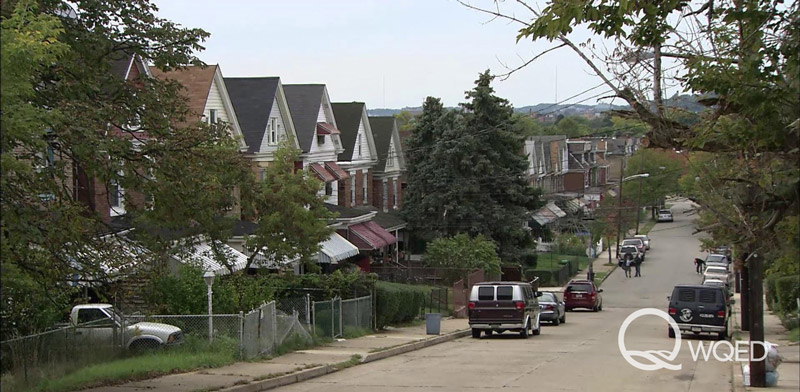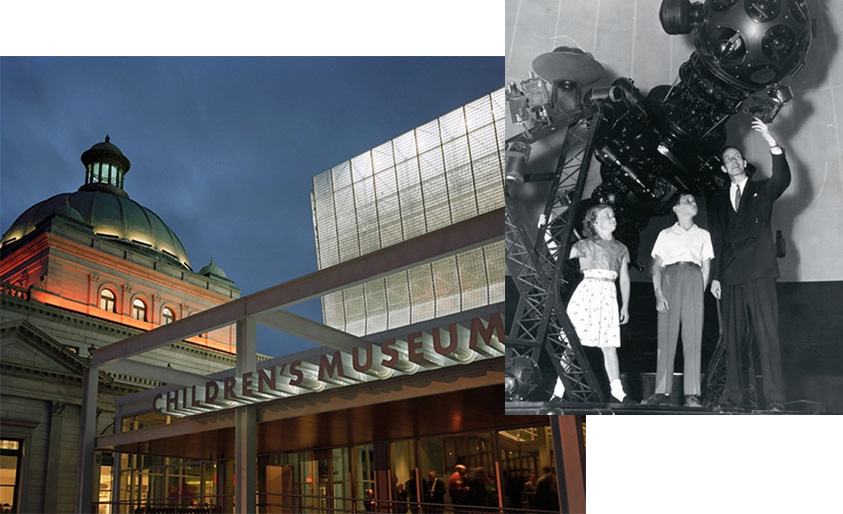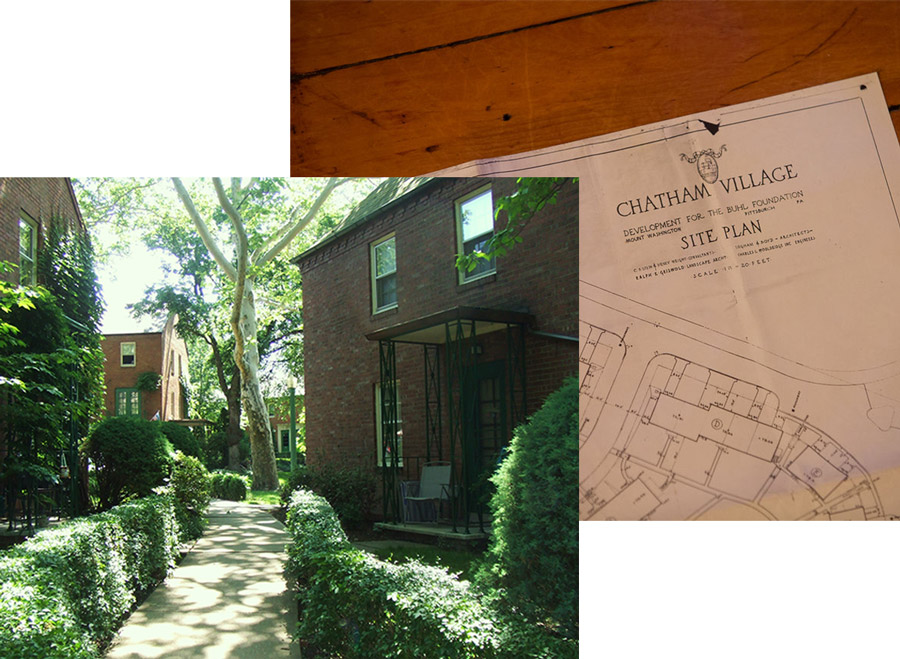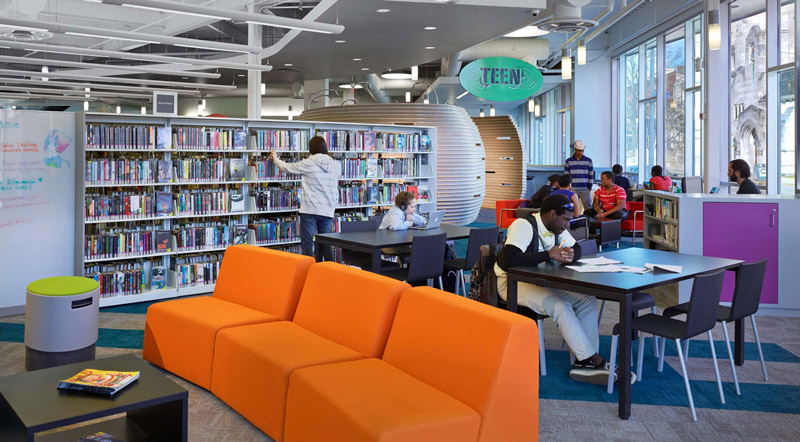Henry Buhl, Jr. and Russell H. Boggs opened their anchor store in 1869 in Allegheny City, what is now Pittsburgh’s Northside. The Boggs & Buhl department store served the carriage trade in Western Pennsylvania.
Upon his death in 1927, Henry Buhl, Jr. established the Buhl Foundation as a memorial to his beloved wife, Louise C. Buhl. It was his desire that the Foundation be especially concerned with the “well-being of the citizens of the City of Pittsburgh, and the County of Allegheny.”
The Board of Managers, appointed in Mr. Buhl’s will, were given freedom to distribute the Foundation resources in a way that was “responsive to the needs of the time” with particular focus on the community of Pittsburgh, creating the first multipurpose foundation in the city. The principles and vision instilled in the Foundation at the beginning have remained true to this day









